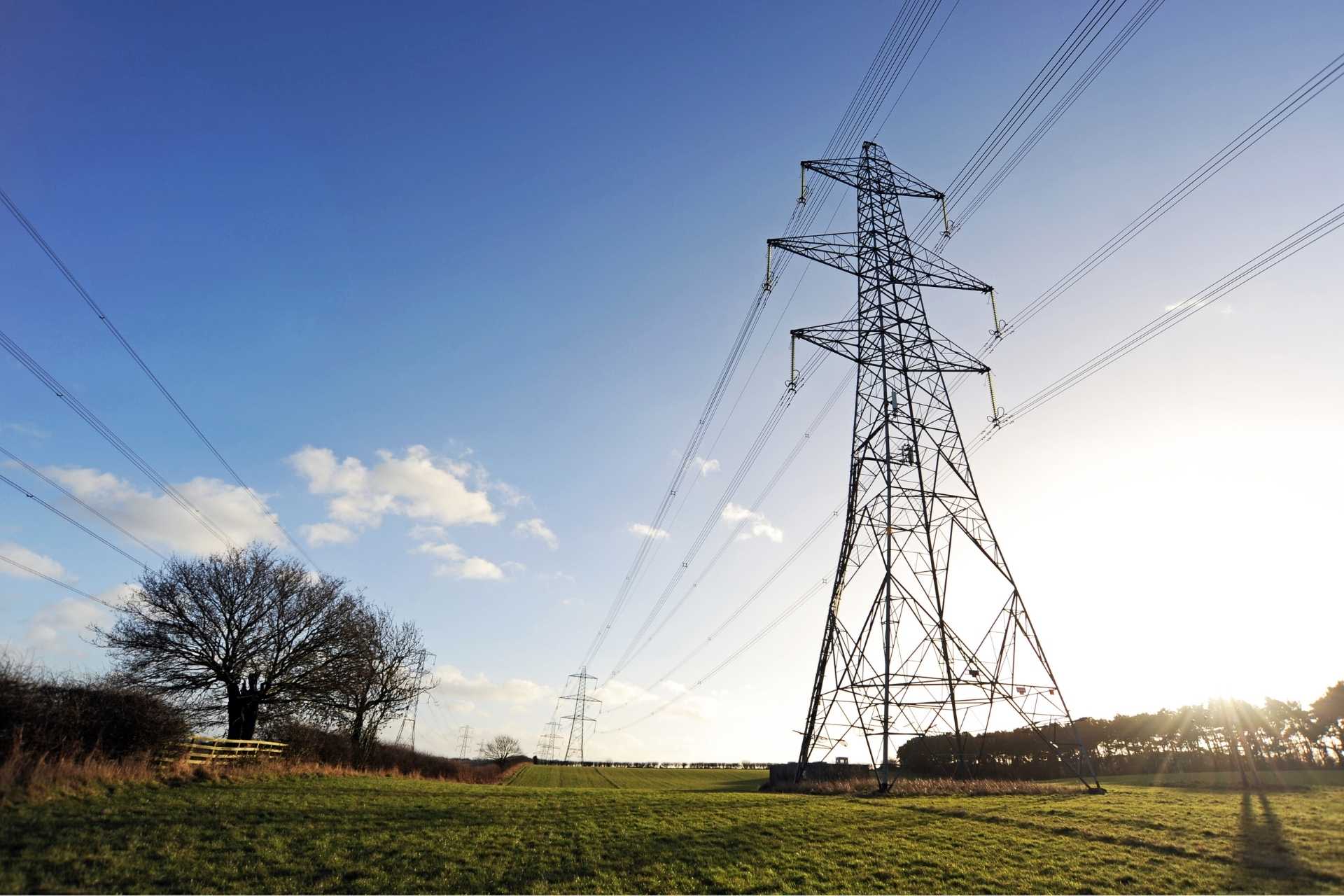Government decides on national power pricing; other decisions pending
On Thursday 10 July, the Department for Energy Security and Net Zero (DESNZ) confirmed that it wouldn’t go ahead with zonal pricing reforms to the wholesale electricity market. In its summer update on the Review of the Electricity Market Arrangements (REMA), DESNZ stated it would retain a single GB-wide wholesale market. It also announced the introduction of an “ambitious package of reform to improve the efficiency of our future power system.”

The Government believes it can solve the current misalignment between generation-siting and transmission-build – that are causing higher constraint and balancing costs – without moving to a more disruptive zonal pricing model. It said the decision would provide certainty for investors, fairness for customers, and lower costs by reducing the risk of investing.
The update said the Strategic Spatial Energy Plan (SSEP), to be published next year by the National Energy System Operator (NESO), will be the centrepiece of the reforms. This will both use and be influenced by several delivery levers: planning reform, seabed leasing, network build under the Centralised Strategic Network Plan (CSNP) and reforms to connections and network charging.
Network charging reform
On network charging reform, the Government will work with Ofgem to provide stronger incentives for investors to build generation where it’s needed. This work will also ensure Transmission Network Use of System (TNUoS) charges are more predictable for investors. This is a key measure that, alongside the SSEP, will help drive locational outcomes as part of the reforms. DESNZ said this will provide a clearer upfront signal, ahead of the point of investment decision, about the relative system value of investing in different locations.
The Government aims to deliver transmission charge (TNUoS) reform within this parliament, and by 2029 at the very latest.
Remaining decisions
While this summer update provides certainty on the zonal vs national prices debate, other decisions remain on the table. To improve operational efficiency, the Government is exploring several areas with Ofgem, including the potential for:
- A lower mandatory Balancing Mechanism (BM) participation threshold, to enable NESO to call upon smaller assets
- Alignment of the market trading deadline with gate closure (1 hour ahead of delivery)
- Physical Notifications (PNs) that must match traded positions
- Shortening the imbalance settlement period to 15 or 5 minutes
Alongside the reforms, the Government said it will continue to support large users of electricity – such as data centres – in developing the power infrastructure they need. In addition, DESNZ and the Department for Business and Trade will deliver the Government’s commitment to issuing a call for evidence. This will explore how to further develop the Corporate Power Purchase Agreement (CPPA) market – and will happen “in due course”.
The Constraints Collaboration Project will be the primary means to reduce the impacts of constraints and their costs to consumers. Meanwhile, the Government will continue to explore closer collaboration with the EU on energy.
Next steps
Later this year, the Government will:
- Publish a Reformed National Pricing Delivery Plan (setting out the next steps for its work with Ofgem, the NESO, and industry) to deliver these reforms.
- Produce a detailed delivery plan on how it will achieve TNUoS reform no later than 2029. It hopes to introduce primary legislation to expedite reforms by providing powers for both Ofgem and the Secretary of State to amend codes and licences. Shortly, Ofgem will initiate the review of TNUoS with an open letter.
- Consult on further reforms to help reduce the need for constraint payments, alongside NESO. Consult on proposals to make changes to the Capacity Market, to ensure it can meet its objectives as the energy system changes later in 2025.
Additionally, NESO will also launch a consultation process later this year on balancing and settlement arrangements. This will cover the measures needed to provide it with the tools and framework to redispatch effectively and securely. Alongside, NESO will undertake an impact assessment.
Wider developments
On the same day as the summer update, Ofgem published another consultation. This covered its ‘minded to’ position to reject a code modification that would have introduced a cap and floor mechanism on generator TNUoS charges.
The regulator is proposing that Connection and Use of System Code (CUSC) Modification Proposal CMP444: Introducing a cap and floor to wider generation TNUoS charges be rejected. As justification for its proposed rejection, it cites the grounds of constraining the cost-reflectivity of wider tariffs and would result in marginally more complexity and administrative effort to implement.
The CMP444 proposal has a similar objective to the REMA ambition of increasing predictability of TNUoS charges for generators. If rejected, then achieving that objective would have to be picked-up within the future TNUoS reforms proposed under REMA.
If you’d like to understand more about REMA, please see our earlier article here.
Subscribe to our newsletter
Sign up to our monthly newsletter and get the best of Drax Insights sent directly to your inbox.



